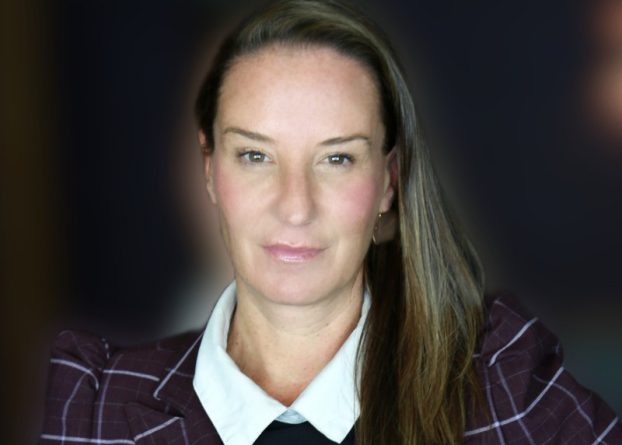Canadian organizations are well aware that a relatively small PR issue can balloon into a full-blown catastrophe. But there’s a difference between knowing a blaze could happen and actually taking steps to fire-proof a structure.
That’s one of the key takeaways from Crisis and Consequences, an online crisis readiness survey of 625 respondents conducted by Angus Reid Global on behalf of Toronto PR firm Provident Communications. The report includes responses from 250 business decision-making leaders who play a role in their companies’ crisis management strategies (and belong to companies with more than 500 employees), as well as an additional 375 business leaders similarly situated, but who are not focused on crisis management.
According to the survey, 90% of respondents admit that viral videos can accelerate a reputational crisis, while 59% acknowledge that sustaining such damage is the toughest aspect of a crisis to recover from.
“Everyone agrees that it’s difficult to recover, but when it comes to actually taking action, the numbers speak for themselves,” says Wojtek Dabrowski, founder and managing partner at Provident Communications. He notes that only 13% of respondents feel they do a good job in telling their story to the media and only 40% have a reputation recovery plan in place.
This should be an urgent area of concern, he says, especially since a majority of respondents (nearly seven in 10) feel their industry is vulnerable to a social media-driven crisis – many of which are created by diversity tone deafness. Dabrowski says one need not look further than the Kendall Jenner PepsiCo ad or Ancestry’s Antebellum South-centred love story (both promptly pulled after much opprobrium) to see a real-life manifestation of this.
The Jenner ad was widely criticized for trivializing social justice movements (the model steps away from a fashion shoot to join a group of protesters). In the Ancestry spot, set in the 1800s, a white man asks a black woman to “escape to the north” with him, which was criticized not only for trivializing slavery, but also for ignoring the fact that many biracial children were the product of relations that were not consensual.
Following original criticism of its ad, Ancestry said on Twitter that it is “committed to telling important stories from history” and that this ad “was intended to represent one of those stories.” It added, “We very much appreciate the feedback we have received and apologize for any offense that the ad may have caused.” For its part, PepsiCo said in response to criticism that it was “trying to project a global message of unity, peace and understanding,” adding that it “did not intend to make light of any serious issue” and would cease running the Jenner commercial.
Dabrowski says that some tone-deaf campaigns could be the result of “echo chamber reinforcement.” Misguided ads, he says, are sometimes the outcome of a group of people who do not represent real-world diversity, sitting around a table and coming up with what they think are good ideas that they’re sure everyone else will like as well.
The diversity question is acknowledged in the report, with a majority of respondents indicating that their own teams lack diversity of race, gender identification and sexuality. Less than a third of respondents say their crisis teams are “somewhat diverse,” while 44% acknowledge that their teams are “not diverse at all.” The report also highlights a deficit when it comes to appreciating the influence of online social justice movements: more than half of respondents say potential push-back from #MeToo and Black Lives Matter is not an organizational concern.
The diversity issue is one that Dabrowski says stems from corporate leadership and is a manifestation of a much larger, broader problem that includes the pay gap. But there are measures companies can take. His company’s report, for example, recommends clearly articulating a reputation recovery plan as part of the overall strategy, as well as employing a dedicated (and diverse) crisis management team with defined roles.
However, he concedes that this is not easy. There are time and resource constraints, as crisis communications typically fall to overworked media relations and PR teams who have to juggle both “sunny days PR” like product launches and thought leadership, but also damaging reputational calamities that could “financially cripple a company” (only 36% of respondents believe a reputational crisis can do this, which is another problem).
But when it comes to building a diverse team, what does that look like in practice?
“When it comes to diversity there isn’t a one-size-fits-all answer to ‘Are we diverse enough as a team?,'” he says. “For smaller companies, simply ensuring that all the voices in the room don’t sound the same, aren’t giving identical advice and are surfacing new and compelling questions, concerns and perspectives in a crisis would be a significant step forward.”
The bar is higher for large enterprises. “Crisis teams should strive to reflect the same diversity of race, religion, gender identification and sexuality and other factors that they see among their general employee population and their customer base,” he explained via email. “The latter is especially important in a crisis because teams have to understand how their strategies and key messages will come across with customers before they are deployed, rather than after, when it can be much too late.”























